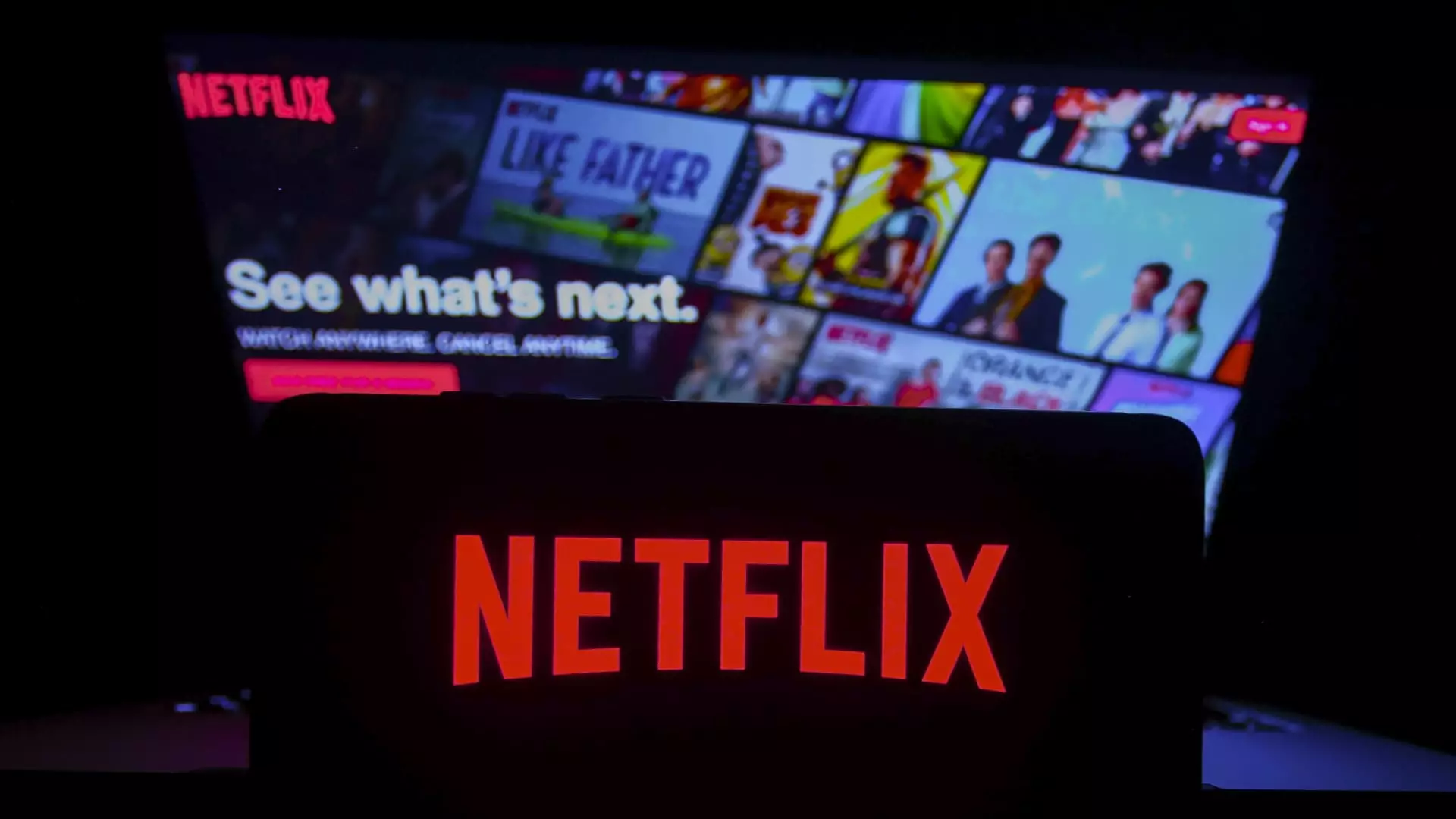For years, Netflix was heralded as the unrivaled titan of streaming media — a digital juggernaut seemingly immune to the challenges facing traditional entertainment. Its rapid expansion, blockbuster hit shows, and seemingly insatiable subscriber growth created an aura of invincibility. However, contemporary insights suggest this golden era is rapidly fading into a fragile mirage. Despite priding itself on record-breaking earnings, Netflix’s engagement metrics — the core indicator of its true dominance — are showing signs of fatigue. When viewers spend less time consuming content, it signals that the platform may be losing its captivating allure. Netflix’s once-unassailable lead is increasingly challenged by emerging competitors, notably YouTube, which now commands a significant share of the viewer’s attention. The narrative that Netflix can sustain its growth indefinitely no longer holds water; it belies a system under mounting pressure from both the saturation of its offerings and the disruptive rise of free content.
The Rising Tide of Free Content and Consumer Choice
The proliferation of accessible, high-quality video content on platforms like YouTube fundamentally recalibrates the media landscape. What once seemed like an insurmountable advantage for Netflix — exclusive, premium programming — is now being eroded by the democratization of content creation. YouTube’s advantage highlights a critical flaw in the streaming giant’s strategy: relying heavily on proprietary shows and a subscription model that’s increasingly vulnerable to free, consumer-generated alternatives. The greater availability of amateur-made videos that rival professional production in quality—thanks to advances in artificial intelligence—continues to threaten Netflix’s carefully curated content empire. Consumers are less willing to pay premium prices if they can access equally engaging, often more relatable, free content. Netflix’s complacency amidst this evolving environment could prove to be a costly miscalculation, especially as the market shifts toward a more open, competitive ecosystem.
The Double-Edged Sword of Artificial Intelligence
While many see AI as an innovation that will bolster Netflix’s strategic position by reducing costs and sharpening advertising, the reality is far more complex. AI’s simultaneous empowerment of amateur content creators diminishes the exclusive allure that Netflix once relied upon. As AI tools become more accessible, even small creators can produce professional-quality videos, blurring the line between polished, professional productions and user-generated content. This democratization of content creation fuels the rise of platforms like YouTube and further fragments audience attention. For a media giant that depends on its ability to keep viewers engaged with premium programming, this technological shift introduces substantial risks. It’s a double-edged sword: while AI could improve efficiencies and targeted advertising for Netflix, it also facilitates a more competitive landscape, diluting its once-unassailable market share. The future of Netflix may hinge less on its current content and more on how it navigates this rapidly transforming digital ecosystem that favors accessibility, affordability, and the democratization of creative production.

